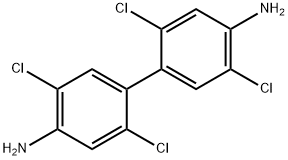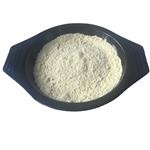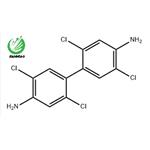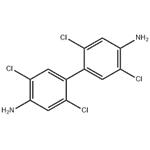PKM1active human has been used in:
- cell-based kinase assay to study the ability of a compound to inhibit the kinase activity of PKM1.
- oxidative stress experiments on PKM2.
- Co-immunoprecipitation (Co-IP) to determine pyruvate kinase M2 (PKM2) as a novel direct binding partner of phosphoserine aminotransferase 1 (PSAT1).
ChEBI: 2,2',5,5'-Tetrachlorobenzidine is a member of biphenyls and a dichlorobenzene.
2,2' ,5,5' -Tetrachlorobenzidine is made by the reduction of 2,5-dichloronitrobenzene with zinc dust and sodium hydroxide solution. The subsequent rearrangement is carried out using sulfuric acid or hydrochloric acid. The dihydrochloride melts at 230 ℃. Tetrachlorobenzidine is marketed as the free base and is used to produce yellow pigments.
Pyruvate kinase (PK) catalyzes the dephosphorylation of phosphoenolpyruvate(PEP) into pyruvate. It is also involved in glycolysis by releasing ATP.Allosteric effects and intracellular signal transduction regulate the enzymaticactivity of PKM1. PKM1 is involved in several biological processes such asmetabolic reprogramming, and innate and acquired immune response. Itparticipates in protein interactions, protein synthesis, glycolysis, andintranuclear signal transduction.
Suspected carcinogen with experimental carcinogenic and tumorigenic data. When heated to decomposition it emits very toxic fumes of NO, and Cl-.



